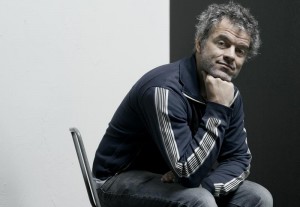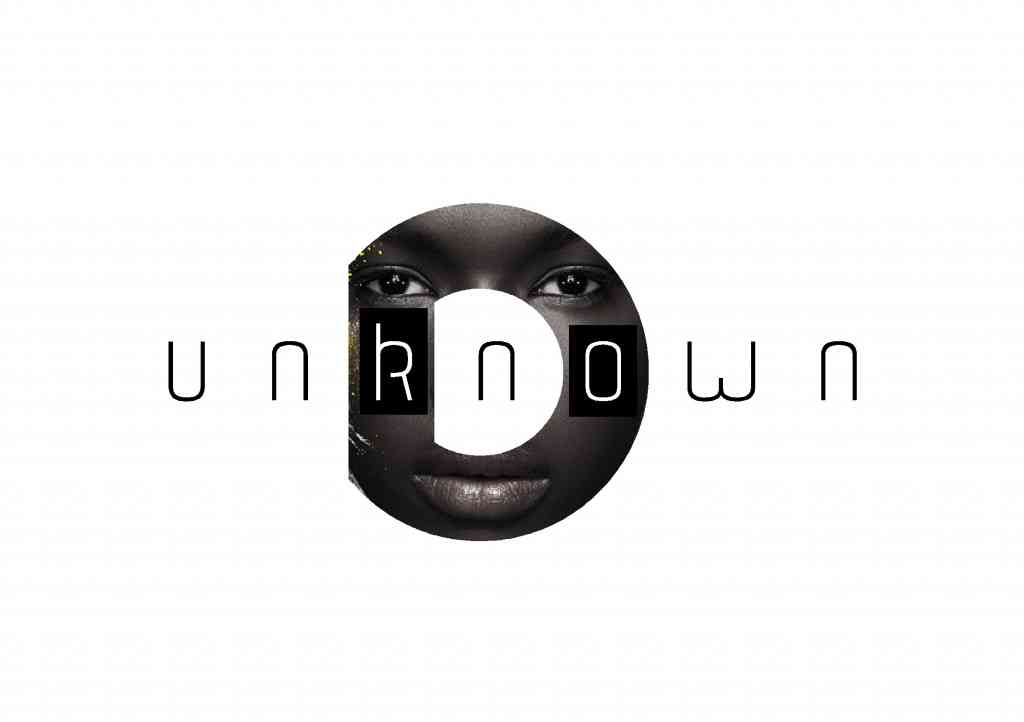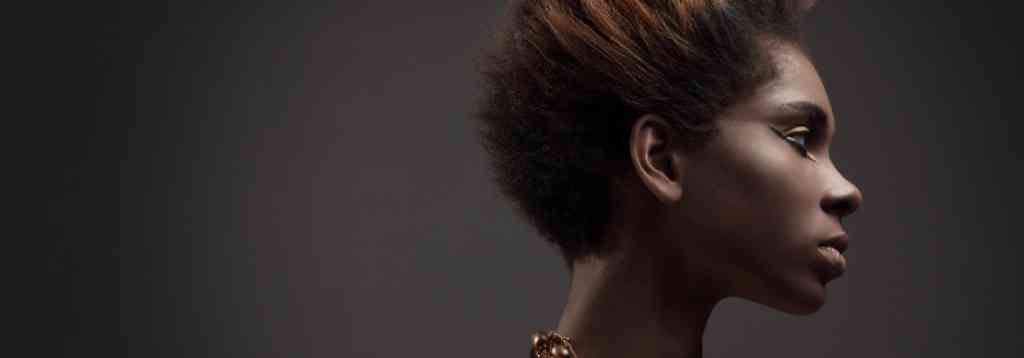- Author: D Unknown
- Posted: October 20, 2013
- Category: Uncategorized
More Than Just Tulips And Windmills, The Dutch Design Week
Creativity and commerce are a perfect match
Creativity and commerce are a perfect match
If there’s someone connected to design city Eindhoven, then it is designer/entrepreneur Piet Hein Eek. First in Geldrop, and then for three years now with his own factory at Strijp R – one of the most popular locations of Dutch Design Week. This in itself makes him a DDW ambassador. Still, 2013 was the perfect year for Eek to pick up the gauntlet officially. ‘If I can be of any significance, then now is the moment. A conversation about growing pains, a unique event and the quality of presentations.
Eek, the designer who once studied at Design Academy Eindhoven, made his name with his hands-on mentality and his early sense of re-use. His scrapwood cabinets and chairs have meanwhile become icons of recycling furniture and have met with great approval all over the world. Existing materials – wooden railway sleepers, metal tubes, canvas army cloths, glass preserving jars – they are usually the impulse for a new design. And – even more special – these designs are without exception produced in Eek’s own factory. Simply ‘Made in Eindhoven’, and so, simply of good Dutch make.

Spirit of the age demands total concept
After nearly twenty years of continuous hard work, an important part of Eek-Utopia has been realised. The old Philips factory area that he moved into about four years ago has been transformed into a multifunctional business premises. This is where his co-workers manufacture all the furniture and where the workspaces for other designers are: the studios for young up-and-coming talent – often spotted by Eek himself – and former interns. The spaces above the factory are the backdrop for changing (sales) exhibitions of national and international brands and designers. The ground floor houses the factory’s office and one of the nicest design shops in the region offering a stunning supply of beautiful home decoration basics, books, bags, toys and bikes, pencils and toys. You can take a breather in Piet Hein Eek’s restaurant, where you eat – traditionally cooked honest food, of course – among and from designs by the master himself or by admired colleagues. And this again shows that Eek understands full well what the spirit of the age requires: total concepts, a story that makes sense from beginning to end, authenticity, originality, and working out things yourself.
Honey pot effect
It’s not surprising therefore that in recent years – ever since the opening during DDW 2010 – Piet Hein Eek’s factory in Eindhoven has managed to secure itself a place in the top three of the busiest locations of the design week. Together with the graduation show by Design Academy Eindhoven and the Klokgebouw, Eek attracts the largest number of visitors. That’s why he himself has hardly any time left to visit other locations. ‘I do try, however, to keep up to date with what’s going on. It was my wife Janine who after DDW 2012 drew my attention to what was going on in the Klokgebouw. The great success of the design week creates a honey pot effect. Many companies want a piece of the pie. The DDW organisation is right in recognising this and providing these businesses access to a location in, for example, the Klokgebouw. Commercial parties will come anyway, and you’d better make sure that their investments contribute to the rest of the week. But there is the risk that the presentations become too commonplace, too commercial, too product-oriented. And that’s what was starting to happen in the Klokgebouw. Although creativity and commerce can be a perfect match.’
’Design process takes centre stage’
Eek has nothing but praise and respect for the DDW organisation, which in just a bit more than a decade has managed to turn a ‘designers day’ into an international top event with an entirely unique character. ‘Most design weeks have developed around a sales fair. In this case, it was totally different. Here, the design process has always taken centre stage: show how an idea is translated into a product. That is special, unique and very valuable. Meanwhile, the week with its programme of hundreds of exhibitions, events and debates attracts some 200,000 people from home and abroad.’
’Companies need to tell story’
As an ambassador, he wants to use his creativity, entrepreneurship and experience to assist the organisation in taking the next step: admitting paying, big brands in a way that suits DDW. He does have examples of how this can be achieved. ‘The British designer Tom Dixon is very clever in finding ways to do this. He is very good at making other designers and brands commit themselves to him. Last year he presented together with Adidas a unique, conceptual travel collection in Milan. Beautiful, well thought-out: Dixon through and through, yet together with Adidas. That’s quite different than a car brand showing off a couple of fast cars.’ But it can also be a fashion brand like G Star, Eek philosophises. Or Vitra, which brings old Prouvé designs.
How to pull that off? Well, you start with talking to each other, says Eek. ‘Do not just sell a number of square metres in the Klokgebouw or on other official DDW locations. Tell interested businesses what the secret behind the success of DDW is: the context, the stories, the process. And ask them how their brand can and wants to respond to this. This is also a way to get a better connection with the design world, because obviously that’s a clear-cut ambition. It’s not about the product itself; what’s interesting is the development from idea to product.’ And there are plenty of interesting companies, says Eek. ‘Even here in the region. For example, a company like Philips has for years and years not talked about its strong points. A bit more pride doesn’t go amiss. Also companies like Xerox and Daf have stories to tell, they are strong in research and product development. That’s so valuable for the designers in the city, whether studying, starting or established. In Eindhoven, the manufacturing industry is never far away. The combined presence of technology, production and creative force is the ideal basis for developing new products and concepts.’
’It only starts after the idea’
And that’s precisely what Eek wants to encourage. Because the focus on the idea, quite in vogue in recent years, is overrated. ‘In many design schools it’s all about the idea, the concept on a pedestal. Creating and developing becomes underexposed. While having ideas should not be so special at all. If you have no ideas, you don’t belong in a design school. An idea is nothing more than a starting point; that’s when everything begins. It is ultimately the ability to realise an idea. Because how do you make sure that your idea works out well technically and is suitable for (industrial) production? Will it find a buyer and what is the path from initial idea to final user?’
People, brands and businesses that understand and manage the whole process properly, are successful, Eek thinks. ‘As a designer, you should be a good generalist – with ideas, of course. It means that you know and understand a bit of a whole lot of things, which enables you to see through the process and steer it. This is also why the link with different industries and companies is so important.’
Ode to the city
It has now been announced that the Utrecht Organisation in Design (OiD) – well-known for the Ventura Projects in Milan, Berlin and Kortrijk, will be the art director, programmer and partner in dialogue of the Klokgebouw. It is their task – as Piet Hein Eek puts it – to upgrade the programme from commonplace commercial to substantively interesting. Margriet Vollenberg and Margo Konings aim to turn the Klokgebouw (once again) into the beating heart of Dutch Design Week. In the old Philips building, they want to bring an ‘ode to the city’ by means of an exhibition of the very best ever presented at DDW. Thus, the Ode to the City will be the ideal starting point for visiting the design week. Developing special presentations together with talented designers and design-related labels and institutes is also high on the agenda. And there is another change: the borders are literally open this year, and that’s a first. As of now, also international parties are welcome to approach the art directors of DDW and Klokgebouw.
By Renske Schrieme

